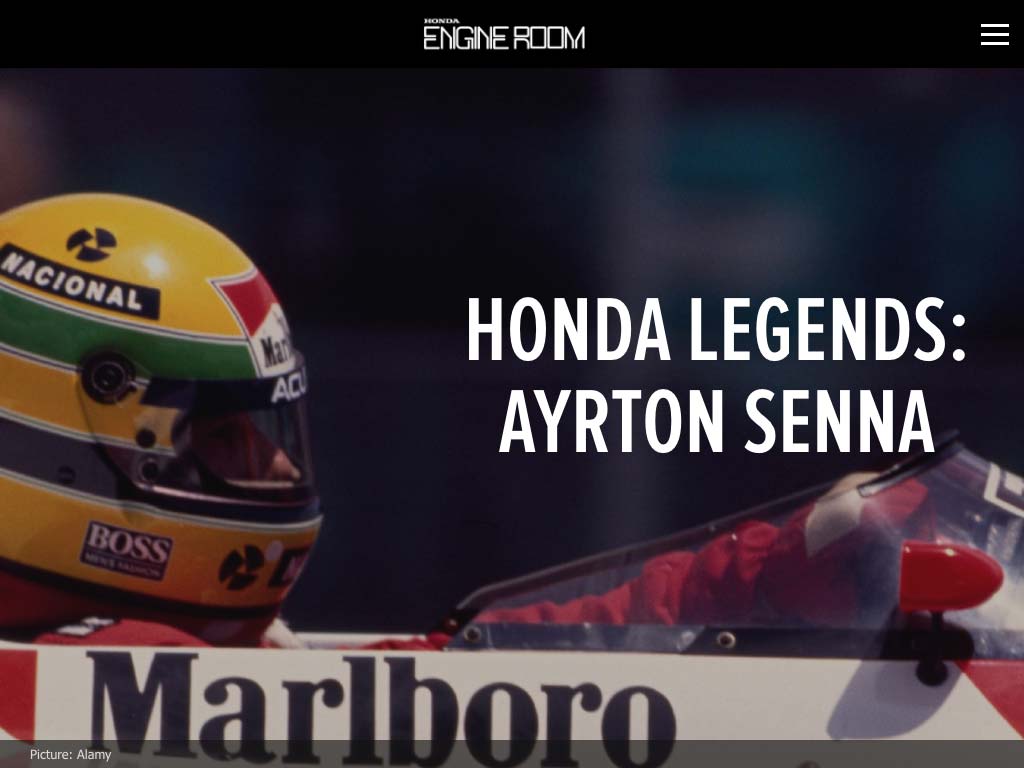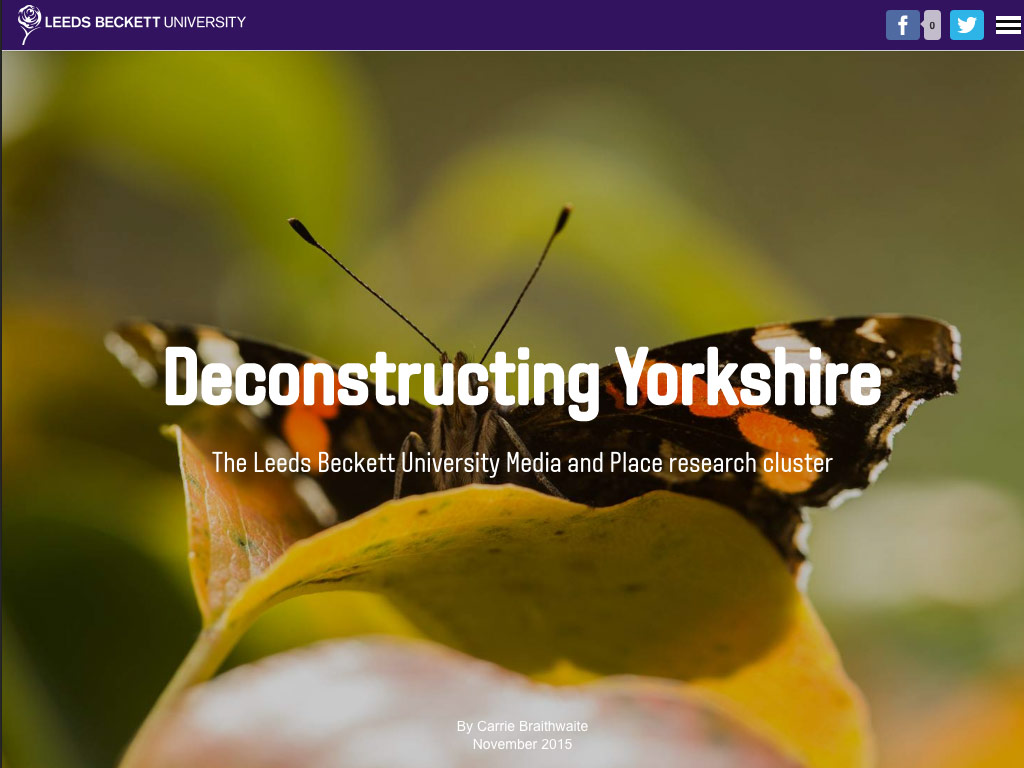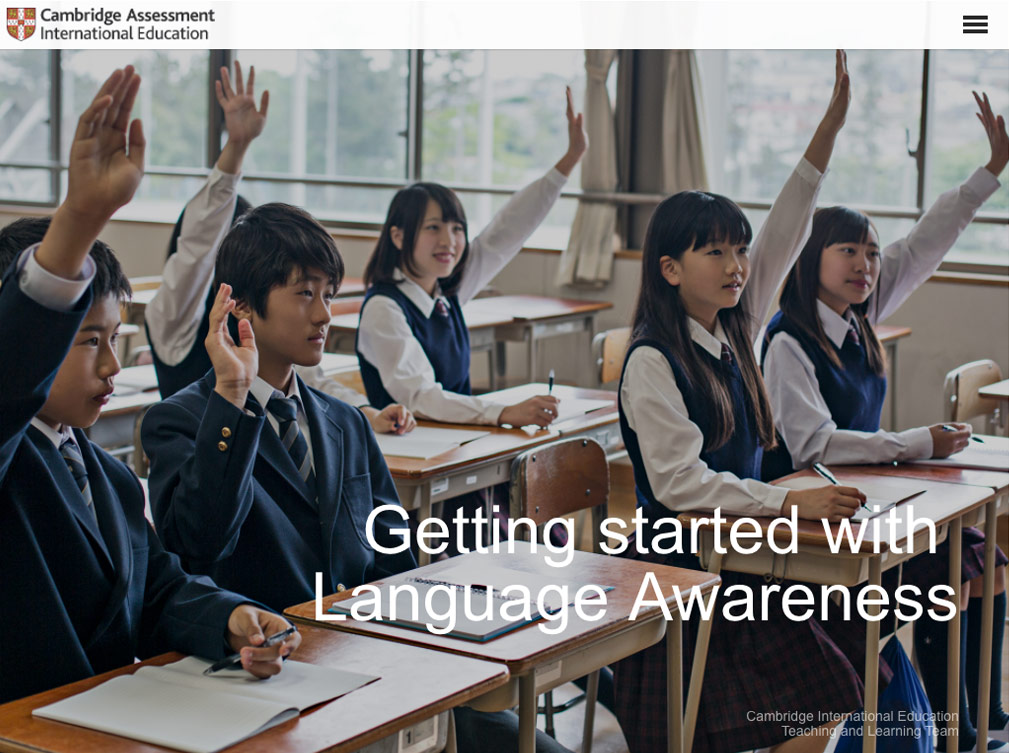How this Catalonian newspaper sidesteps slow web development to publish impressive digital feature stories with Shorthand.

El Periódico is a Catalonian newspaper that publishes daily news in both Spanish and Catalan. Established 1978, the newspaper is known for its bold integration of photographs, comics, and other images in its print reporting.
The challenge of publishing high-quality digital stories
"It was very hard to be original or different. It took us six to eight months to think about what we wanted to do, and talk to designers and programmers about how to build it."
As the El Periódico team pivoted to producing more digital content, they faced a problem: the very thing that made their print edition iconic wasn’t translating to the screen. El Periódico were keenly aware that reading online was distinct from reading print and they didn’t want to copy and paste what had worked in their print edition.
However, HTML templates that supported a wide range of effects tended to live outside their CMS and programming was achingly slow. Xurxo Martínez says, "It was very hard to be original or different. It took us six to eight months to think about what we wanted to do, and talk to designers and programmers about how to build it." They could make a template easily enough, but that meant settling for visually repetitive stories, going completely against their commitment to making “something singular.”
The struggle wasn’t just one of design, it also made workflows in the newsroom frustratingly complex and slow. El Periódico wanted their journalists to be empowered to “work on their pieces without having to rely on developers or on tech teams, and have the fullest control of their work in the end.”
Their current production process wasn’t working, but El Periódico refused to settle.




The hunt for the right software
El Periódico needed a tool to enable both magical storytelling and independence for their journalists. In-house solutions felt like “halfway with everything”, and products like Vev, “didn't seem like a tool that had a real newsroom in their mind,” Martínez says.
When the team discovered Shorthand, they realised it was the perfect software to retain El Periódico’s innovative visuals as well as make sure their stories would rank highly in Google. With an easy-to-understand pricing model and an editor that “any journalist” could use, Shorthand gave El Periódico more control over their own processes.
Shorthand has transformed the way these journalists think about storytelling and digital journalism. Instead of just writing a story and then choosing how to illustrate it, Martínez says that Shorthand’s editor allows his team to think about the story as a cohesive, interactive whole, instead of an article that is broken down into separate visual and written elements.
Not all El Periódico’s news stories become ‘Shorthands’, but the ones that do have “something special”, Martinez says.
A strategic paywall
“We have had very good feedback about how special it is to read these stories.”
These days, El Periódico’s subscription model means all their premium content built with Shorthand is behind a hard paywall. Martínez says, while it’s a shame more people can’t see what they do, they have “very good feedback about how special it is to read these stories.”
This sense of exclusivity and quality is a powerful retention strategy: subscribers feel like their investment pays off, and there’s a sense of “Only I can see this thing that is so well done.”
Glowing feedback from readers and subscribers
“We get one quarter of our subscriptions from Shorthand stories, and we are doing six Shorthand stories a week, while we publish 250 articles a day. I think that gives you an idea of how important it is for us.”
El Periódico’s Shorthand features have a longer shelf life than breaking news, and subscribers say that they like to read many of the stories more than once. Plus, people tend to read all the way through instead of “just skipping to see the last paragraph in order to see the answer to the title.”
In terms of sheer numbers, Martínez says, “We get one quarter of our subscriptions from Shorthand stories, and we are doing six Shorthand stories a week, while we publish 250 articles a day. I think that gives you an idea of how important it is for us.”
For readers, every subscriber who has contributed to El Periódico’s feedback process has talked about the stories built with Shorthand stories. “They say ‘the special stories’ or ‘the things that you scroll and things happen!’” says Martínez. “It really works and is one of the things that identifies El Periódico. It’s what we used to achieve in the print version.”

Empowered journalists
In El Periódico’s busy newsroom, Shorthand has empowered the journalists to feel proud of their digital stories and a strong sense of ownership over the process of producing these well-received articles. And, while the actual content isn’t repetitive, using Shorthand has meant the team’s workflows are more repeatable, sustainable, and logical.
The way of making stories with Shorthand isn’t about recreating a print experience on the web, it’s “this new narrative, this new storytelling,” says Martínez.



